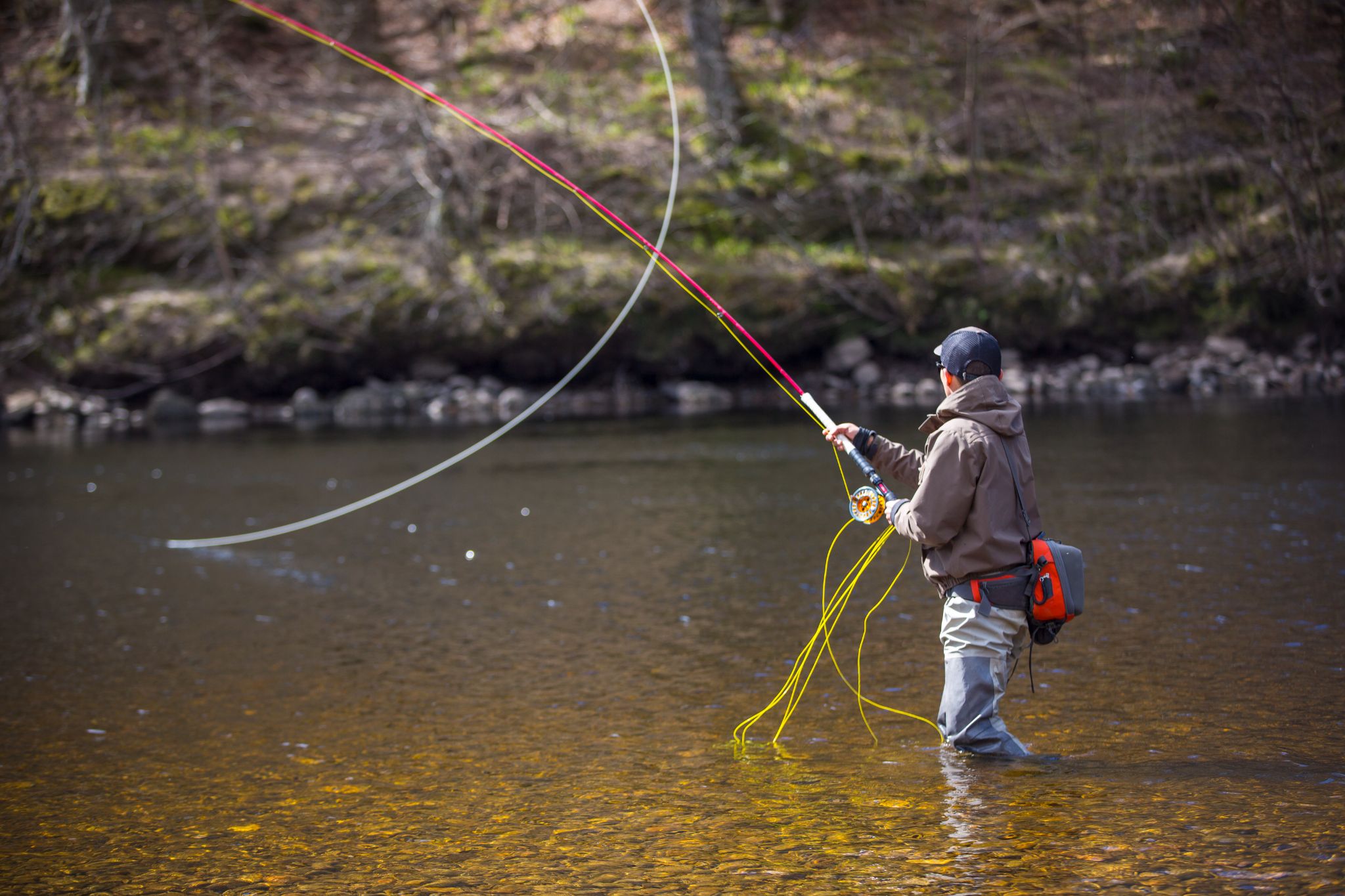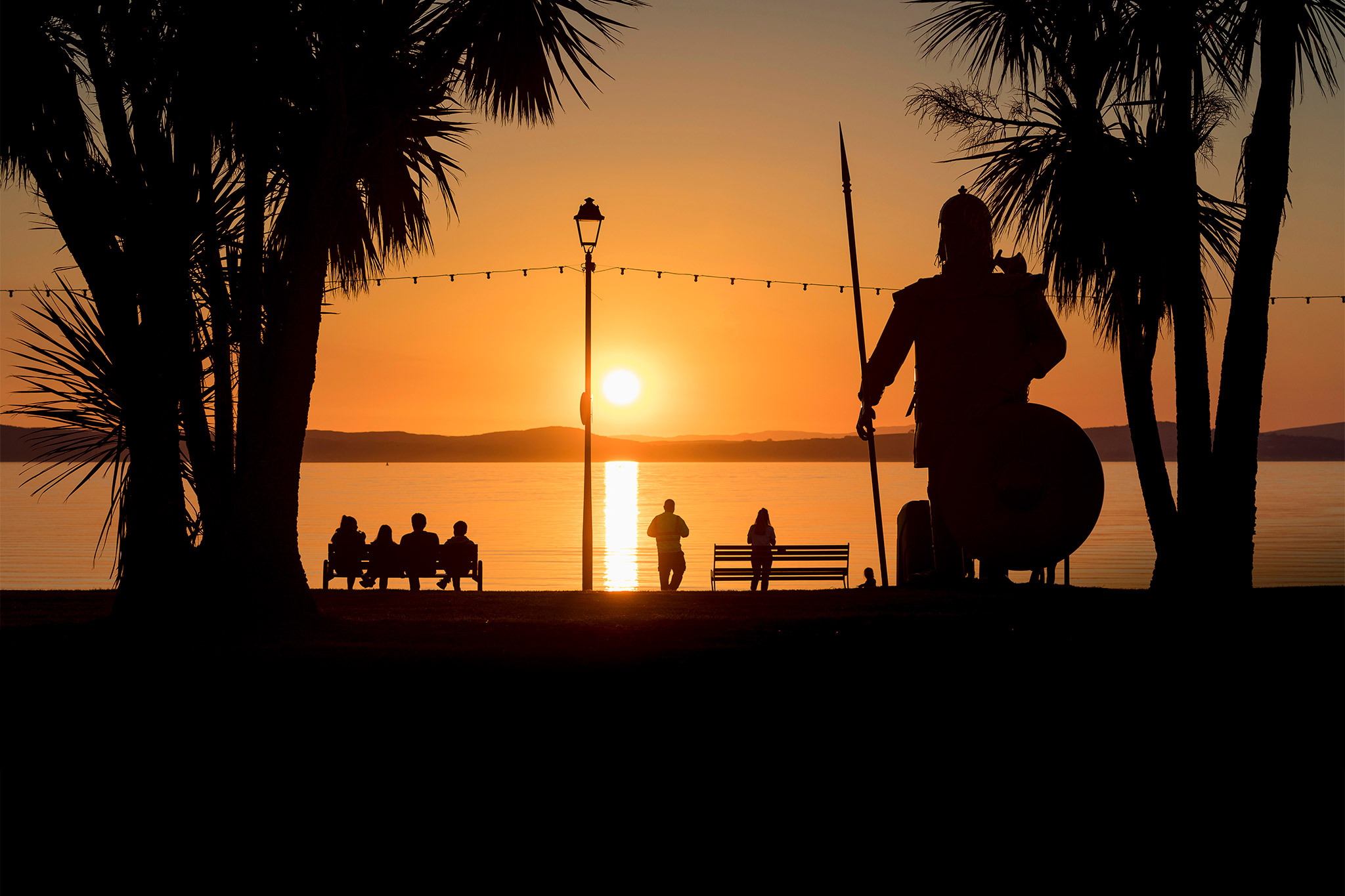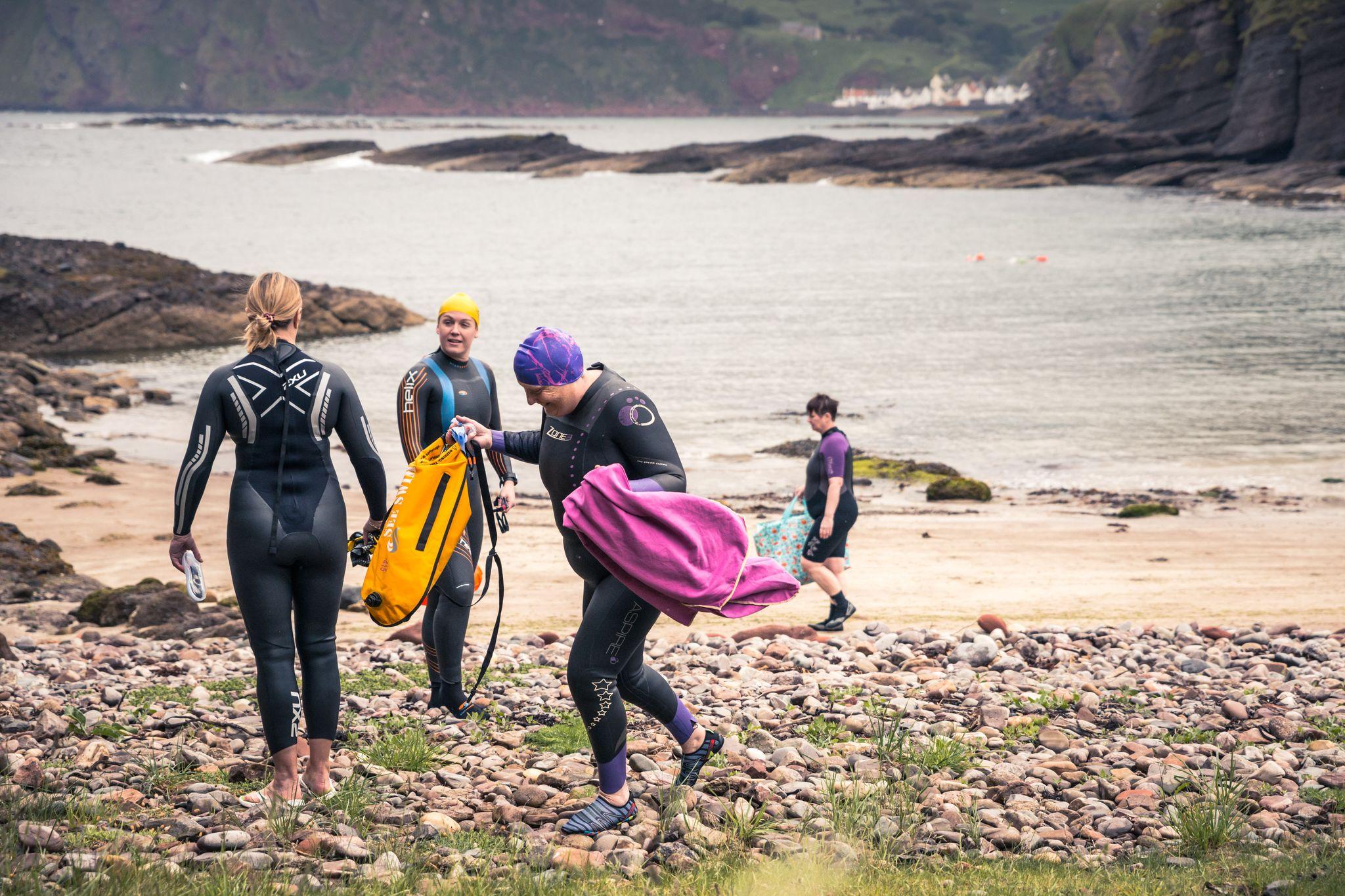- Accueil
- Activités et attractions
- Activités en extérieur
- 10 règles pour explorer la nature écossaise
10 règles pour explorer la nature écossaise
Le Code d’accès à la nature en Écosse (Scottish Outdoor Access Code) fournit des conseils détaillés sur nos droits et nos responsabilités lors de nos explorations sur terre et autour de l’eau. Avant de partir, consultez nos conseils pratiques sur les droits d'accès et prenez l’initiative de prendre soin de nos environnements naturels.
La liste suivante a été créée par VisitScotland afin de présenter différentes expériences et n’est classée dans aucun ordre particulier.
- 1
Soyez un campeur prévenant
Écosse
La plage de Zoar près de Braewick, îles Shetland
© Promote Shetland / Euan Myles
L’Écosse offre un large éventail de campings dotés de nombreux équipements et d’infrastructures de confort. Si vous recherchez plutôt un séjour hors réseau, le camping sauvage est une autre option, à condition qu’il soit pratiqué en toute sécurité et de manière responsable.
Utilisez une petite tente et restez à l’écart des bâtiments, des routes et des champs contenant des cultures et des animaux d’élevage. Utilisez un réchaud portatif pour limiter les risques d’incendie, respectez les alertes et suivez les conseils locaux émis par le Scottish Fire and Rescue Service.
Si vous devez faire vos besoins en pleine nature, veillez à rester à plus de 30 mètres des lochs et cours d'eau afin de ne pas les polluer. Débarrassez-vous des déchets humains en les enterrant dans un trou peu profond ou en les mettant dans un sac pour les emporter avec vous.
Remballez vos effets personnels et vos déchets sans laisser de traces. Les bouteilles, boîtes de conserve et sacs en plastique égarés peuvent endommager les engins agricoles qui se trouvent à proximité et mettre en danger de mort les animaux susceptibles de les ingérer.
- 2
Cédez le passage si vous êtes à vélo
Écosse
Des cyclistes le long de la Tweed, Galashiels
© SSDA
Pendant la haute saison, il est normal que certaines régions soient très fréquentées, surtout si la météo est au beau fixe ! Si vous sortez à vélo, sachez que les chemins étroits peuvent souvent provoquer des embouteillages avec les promeneurs à pied ou encore à cheval. Dans ce cas, descendez de votre vélo et marchez jusqu’à ce que le chemin redevienne praticable et veillez à ne pas perturber les animaux d’élevage, les chevaux et autres espèces locales. En hiver, les conditions peuvent devenir très dangereuses, alors soyez prudent lorsque vous traversez un terrain humide, marécageux ou meuble afin de ne pas en endommager la surface.
- 3
Traversez les parcours de golf en sécurité
Écosse
Des golfeurs au Duff House Royal Golf Club, Banff
© VisitScotland / Airborne Lens
Rien de tel qu’une partie de golf entre amis en Écosse ! Toutefois, il est important de prendre ses précautions : lorsque la partie est en pleine action, laissez tous les joueurs jouer leur coup avant de traverser un fairway. Veillez à ne pas interférer dans les parties de golf en restant immobile, en particulier lors des coups « aveugles », c’est-à-dire lorsque les golfeurs sont incapables de voir si des personnes se trouvent dans la zone d’atterrissage, ce qui est particulièrement risqué.
Les parcours de golf d’Écosse sont fortement exploités, c’est pourquoi les responsables des terrains de golf pourraient vous demander d’éviter d’emprunter certains itinéraires lorsque des engrais et des pesticides ont été utilisés. En suivant ces conseils, vous pouvez contribuer à réduire les risques.
- 4
Faites attention à votre chien
Écosse
Le Meall a’ Bhuachaille, Aviemore
© VisitScotland / Jakub Iwanicki
Pour beaucoup d’entre nous, les chiens nous aident à profiter des bienfaits du grand air. Cependant, il est important qu’ils soient dressés, en particulier dans les régions rurales. Veillez à vous débarrasser correctement des besoins de votre chien en les mettant dans un sac à la poubelle. Les déjections canines peuvent propager des maladies et des infections aux humains commes aux animaux, et peuvent aussi endommager les cultures. S’il n’y a pas de poubelle à proximité, vous pouvez vous en débarrasser une fois rentré chez vous.
La campagne abrite du bétail et des espèces sauvages : vérifiez s’il existe des itinéraires alternatifs ou tenez-vous à bonne distance des moutons et du bétail, et empruntez le chemin le plus court et le plus sûr pour sortir des champs. Il est conseillé de tenir votre chien en laisse et de ne pas le laisser s’approcher d’animaux ou de personnes sans y être invité. Les vaches, chevaux, cochons et cerfs d'élevage peuvent se montrer agressifs si eux ou leurs petits se sentent dérangés, ce qui peut entraîner des blessures graves pour vous et votre animal de compagnie.
- 5
Respectez la vié privée des riverains
Écosse
L’abbaye de Dunfermline, Fife
En Écosse, nous avons la chance de pouvoir explorer librement de nombreux espaces naturels, notamment des montagnes, des forêts, des champs, des parcs, des lochs, des plages et autres zones côtières. Toutefois, il existe des zones où les droits du Code d’accès écossais ne s’appliquent pas, telles que les maisons et les jardins privés, les terres cultivées, les carrières et les chantiers de construction. Veillez à toujours respecter la vie privée des riverains locaux en étant attentif aux indices indiquant que vous vous trouvez à proximité de la propriété privée, qu’il s’agisse de serres, de maisons d’été, de murs, de clôtures ou de haies. Lorsque vous vous approchez d’une maison ou d’un jardin, empruntez un chemin ou une piste. S’il n’y en a pas, restez à une distance raisonnable des maisons et veillez à ne pas trop faire de bruit, surtout le soir.
- 6
Utilisez les parkings désignés
Écosse
Le Lothianbridge Caravan Park, Dalkeith
© VisitScotland / Connor Mollison
De nombreuses personnes choisissent de visiter l’Écosse en voiture pour des raisons de facilité et de flexibilité. Cependant, un mauvais stationnement peut entraîner des problèmes : veillez à ne pas bloquer les entrées de champs ou de bâtiments, ce qui pourrait rendre l’utilisation de ces routes et autres voies d’accès difficile pour d’autres usagers.
Garez-vous dans les parkings désignés si possible, et s’il s’avère complet, prévoyez un plan B (vous pourrez toujours y retourner plus tard ou vous y rendre un autre jour et à une heure différente).
- 7
Escalader les barrières et les clôtures
Écosse
Un promeneur à Nethercroy North Lanarkshire
Lorsque vous explorez la campagne écossaise, il se peut que vous soyez amené franchir une clôture, un portail ou un muret de pierre s’il n’y a pas d’autre alternative à proximité. Utilisez les portails si possible et laissez-les dans l’état où vous les avez trouvés, qu’ils soient ouverts ou fermés. Si vous devez escalader une clôture, un portail verrouillé ou un muret, évitez de les endommager et grimpez là où ils sont les plus solides, c’est-à-dire (généralement) près de l’extrémité de la charnière du portail. Afin de garantir votre sécurité, vous rencontrerez probablement des panneaux indiquant « Ne pas escalader » (Do not climb). Ces panneaux interdisent l’escalade de toute structure, y compris les murets, les clôtures, qui pourrait s’avérer dangereuse et entraîner des blessures.
- 8
Protéger les sites du patrimoine
Écosse
La chapelle de Rosslyn, Midlothian
© VisitScotland / Connor Mollison
De nombreux sites célèbres d’Écosse ont une grande valeur historique. Il est donc important de les entretenir et de les préserver pour que les générations futures puissent en profiter. Veillez à ne pas déplacer, perturber, dégrader ni endommager les pierres, les murs, les structures ou autres éléments qui appartiennent aux sites du patrimoine écossais. Certains sites du patrimoine culturel sont protégés par la loi (notamment les sites archéologiques). Si vous vous y rendez, n’y pénétrez pas et laissez-les intacts. Si vous prévoyez de faire du camping, recherchez votre emplacement de manière responsable, ne creusez pas le sol, n’allumez pas de feu et n’utilisez pas de détecteurs de métaux.
- 9
Explorer les bois et forêts d’Écosse
Écosse
Le Loch Beinn a’ Mheadhoin, Glen Affric
Les forêts d’Écosse sont un havre de paix idéal pour s’évader. De temps à autre, des zones peuvent être affectées par des opérations forestières en cours, notamment l’abattage d’arbres, l’extraction de bois et le transport de marchandises. Veillez à lire les panneaux vous avertissant des opérations forestières en cours et suivez les mesures de sécurité émises par le gestionnaire du domaine. Cela vous permettra de ne pas gêner ces opérations et d’assurer votre sécurité et celle des personnes travaillant sur le site. Soyez particulièrement prudent si vous rencontrez des machines, que vous soyez à pied, à vélo ou à cheval le long des pistes forestières, et ne grimpez pas sur les piles de rondins.
- 10
La sécurité au bord des rivières et des lochs
Écosse

Pêche au saumon dans la Tay, Dunkeld
© VisitScotland / Kenny Lam
Les berges des rivières et des lochs sont souvent un refuge pour la faune et la flore et peuvent également être utilisées pour des activités en extérieur, notamment la pêche. Soyez attentif et gardez une distance de sécurité si remarquez un pêcheur en train de lancer sa ligne. Certains lochs et réservoirs sont exploités pour la pêche commerciale et peuvent être potentiellement dangereux lorsqu’un grand nombre de pêcheurs lancent leur ligne dans une petite zone. Cela peut également nuire à la faune et à ses habitats naturels. Si vous prévoyez de pêcher, vérifiez que la zone en question n’est pas trop encombrée, car on trouve souvent des canoéistes et des bateaux le long des berges pendant la haute saison et par beau temps.
Recherchez des expériences
JavaScript doit être activé pour afficher ce formulaire de recherche. Vous pouvez l’activer dans les paramètres de votre navigateur.
Vous aimerez aussi...
Activités en extérieur en Écosse
Guide de sécurité dans la nature en Écosse
L’écotourisme et le tourisme responsable en Écosse
FAQ sur l’Écosse

La météo et le climat en Écosse

11 lieux de baignade sauvage en Écosse
Devenez membre de notre clan en vous inscrivant à votre Newsletter
Laissez-vous inspirer par l’Écosse directement dans votre boîte mail. Ne manquez pas les conseils de nos experts en Écosse sur les idées d’excursions, les attractions uniques et les perles rares prisées des locaux.